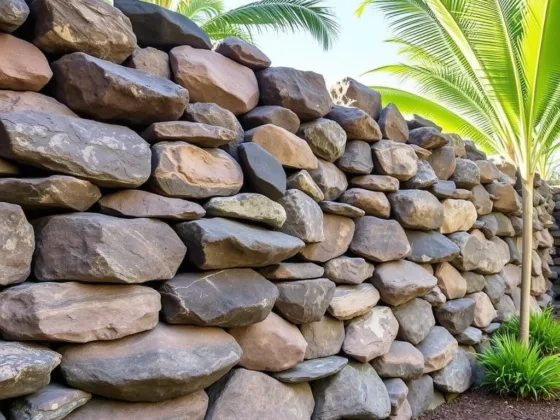Table of Contents Show
There are many benefits to installing an outdoor fountain in your yard or garden. It can easily beautify the space as well as create a peaceful ambiance that’s perfect for relaxation.
A fountain is also a good way to attract helpful wildlife like birds, frogs, and butterflies, which are all beneficial to the plants and trees in your garden; these animals can also help you control pests like flies and mosquitoes.

4 Low-Maintenance Fish to Add to Your Outdoor Fountain
To further add to the aesthetic and environmental benefits of your garden fountain, you can put some fish in it, too! There are various low-maintenance fish that can thrive outdoors that can add a splash of color to your fountain, and also keep it clean at the same time.
That’s because they eat the algae and other natural growths in the water. Like frogs and birds, fish can also keep your garden safe from harmful insects: any insect eggs and larva in the water are excellent food sources for fish.
Here are some of the best fish to keep in your outdoor fountain.
Goldfish
Goldfish are a hardy breed of fish. They can grow quite large, depending on the size of the pool, and can survive even if the water ices over. Contrary to their name, goldfish come in various colors; apart from gold, there are also species that have orange, bronze, and black scales and fins.
Goldfish are easy prey for cats and birds, so you should have some way of protecting them from these predators. Also, remember to not overfeed goldfish so they won’t produce more waste than they already do.
Goldfish tend to get dirty quickly, but you can address this by limiting the number of fish you keep based on the size of the fountain.
Goldfish are easy prey for cats and birds, so you should have some way of protecting them from these predators. Also, remember to not overfeed goldfish so they won’t produce more waste than they already do.
Goldfish tend to get dirty quickly, but you can address this by limiting the number of fish you keep based on the size of the fountain. Or, utilize a vacuum like the python water changer that can help clean the waste that can accumulate quickly.
Japanese Koi
Koi and goldfish are actually related, as they are both descended from carp, so caring for the two kinds of fishes are more or less the same. However, if you can afford it, you should give koi fish food that contains chicory – this ingredient aids the fish’s digestion and thus helps your koi live longer.
Japanese koi are colorful fish. Most have a combination of white, black, and red or orange scales, although some may also have creamy yellow and blue scales and fins. In fact, many create a pond dedicated to colorful koi only. Have a look at koi fish for sale and pick the one that will add a new gorgeous look to your pond.
Golden Tench
Tenches are also called the “doctor fish.” This is due to the folklore that surrounds the slime that covers their scales, which is believed to have healing properties that help protect and cure other fish that rub against them.
This is patently false, of course; however, the tenches protect other fish in a different way: they keep the water clean by eating the excrement of other fish.
That’s why it’s a good idea to keep a few tenches in a fountain or pond of goldfish and koi (since they tend to defecate often), so the water will stay cleaner for longer.
For the best colors, opt for the artificially bred golden tench, which has gold and bright red-orange coloring that may sometimes be interspersed with black or white patches or spots. Golden tenches also don’t get sick easily and can grow up to 25 inches in length.
Read Also:
Minnows
Minnows like the fathead minnow are small freshwater fish that grow up to four inches. Small they may be, but minnows are quite tough and don’t get sick very often. With proper care, minnows can live up to three years.
Fathead minnows usually have yellowish-orange coloring; if you want more colors, you can look at silvery minnows (white and silver), true shiners (gold, black, and silver stripes), and fine-scale shiners (blue and silver body, white and orange/red tails).
Since minnows are small fish, they are perfect prey for birds. You can counter this simply by covering your fountain or pond with a net.

Final Tips
To keep fish thriving in your outdoor fountain, grow some plants near or in the pond itself so that the fish can seek some shade during hot weather. If there are any grasses or plants that are treated with pesticides and other chemicals, make sure that their leaves and other clippings don’t fall into the basin of the fountain to avoid contamination.
To help normalize the average temperature of the water, your fountain should have a thick enough pond or basin; if you can, bury the basin part in the earth.
Lastly, remember to top off the water from time to time to keep the depth sufficient for the fish; depending on the kind, size, and the number of fish, this may be anywhere between 30 and 40 inches.









